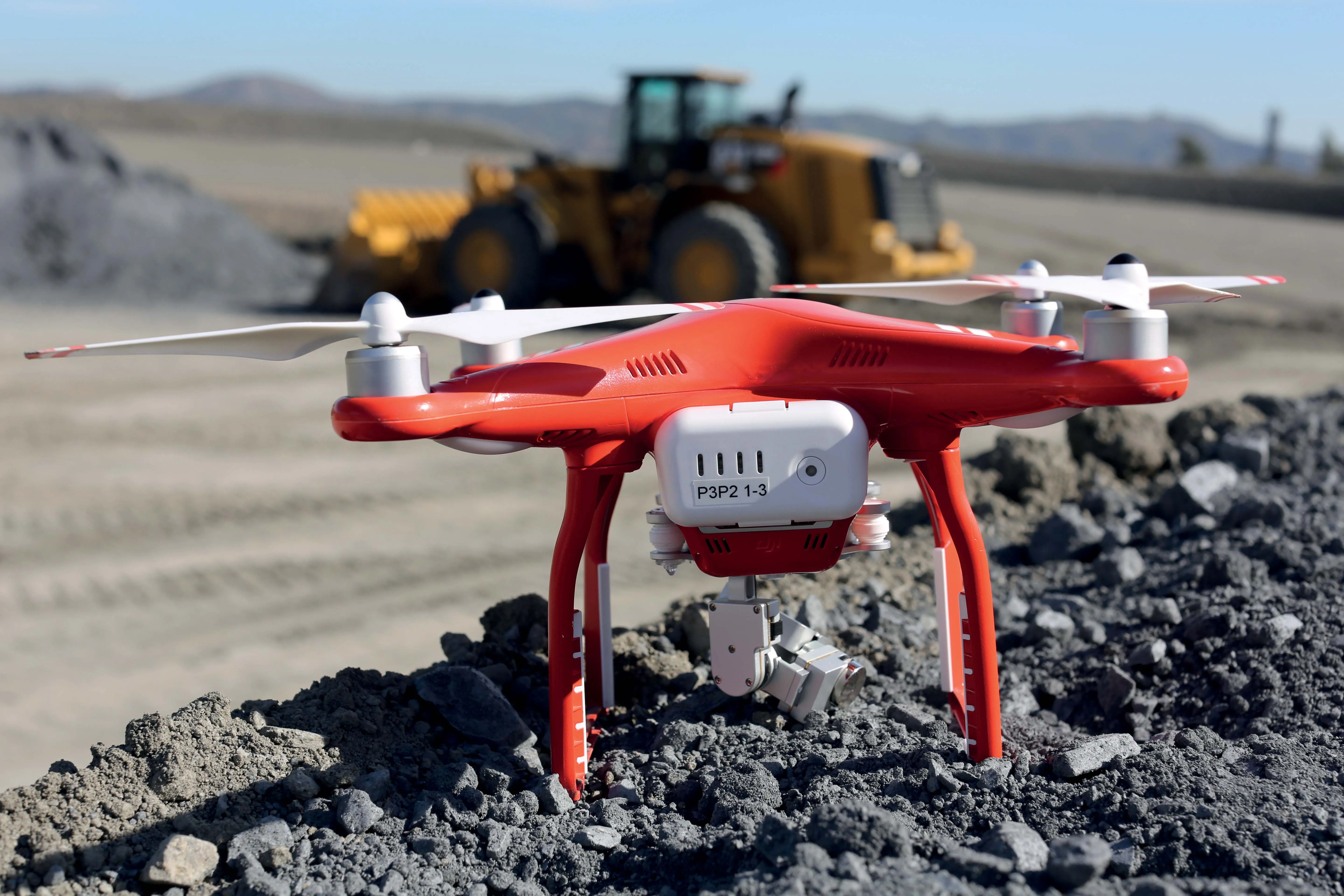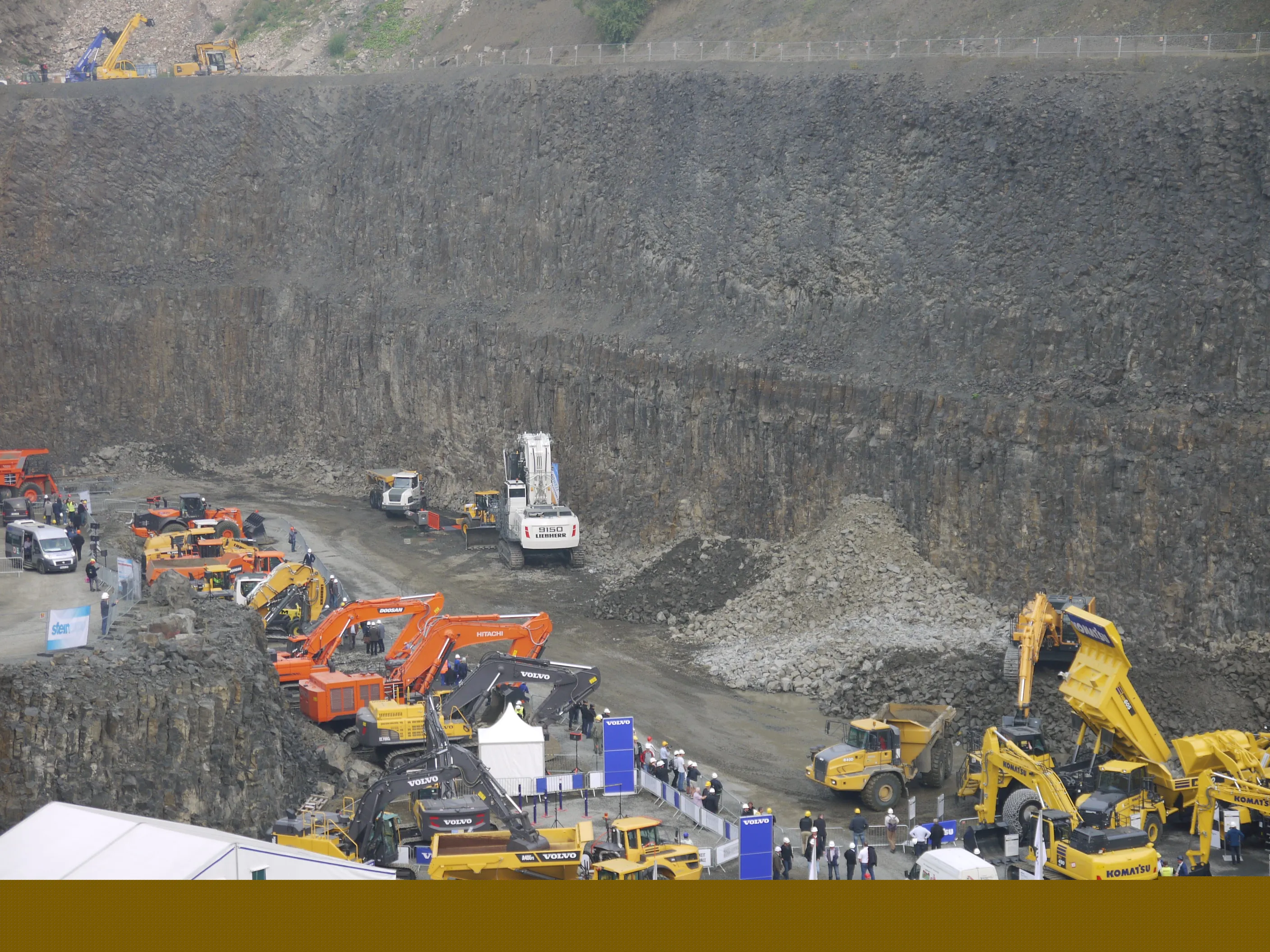January 17, 2024
Dive into the world of BIM with Guy Woodford as he explores the potential of Building Information Modeling (BIM) on smaller construction projects. Industry experts from Trimble, Caterpillar and Topcon share insights into the challenges and benefits of integrating BIM on small to medium-sized ventures. Discover how technology is reshaping workflows and creating a digital twin for projects of all scales.









